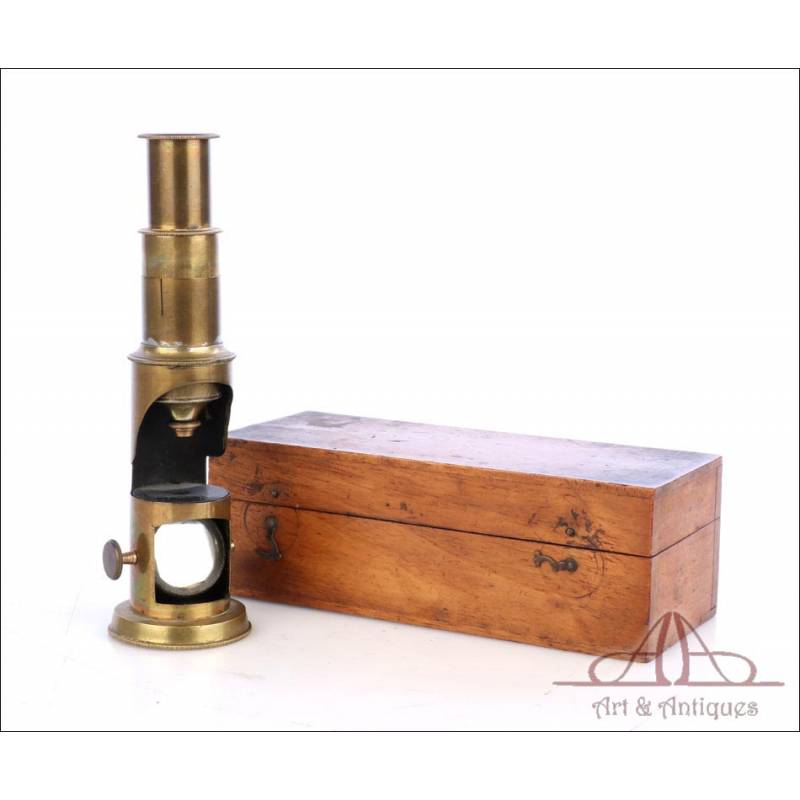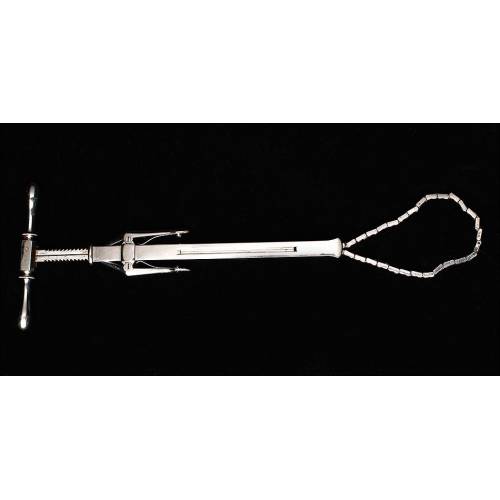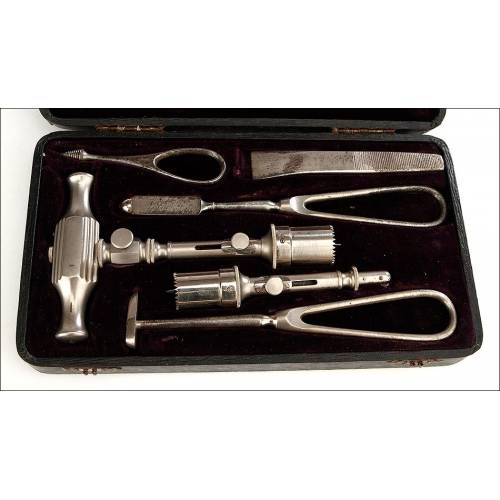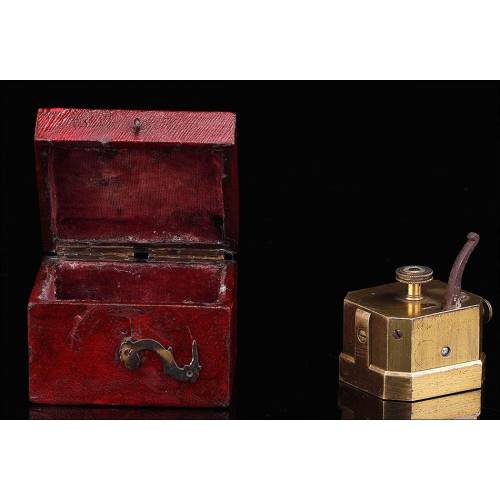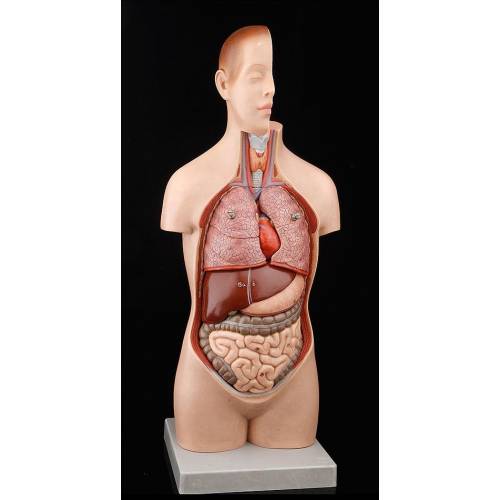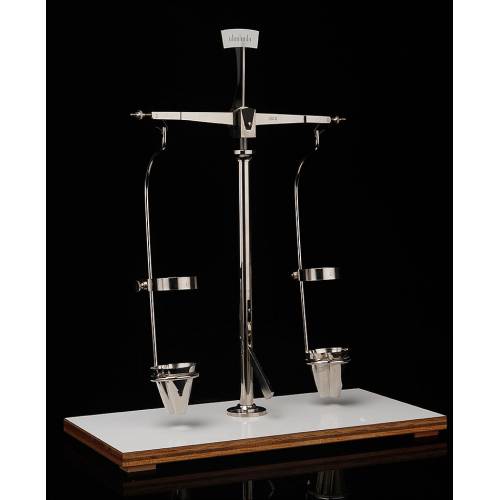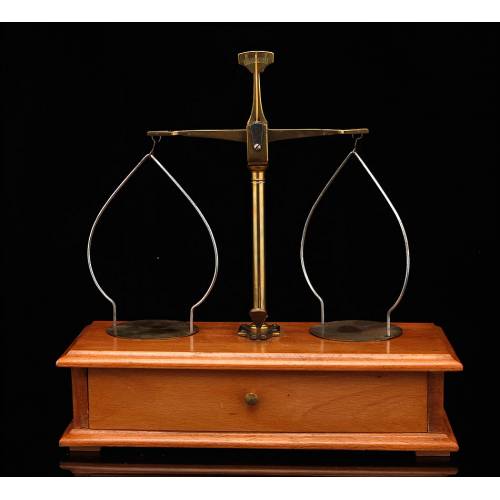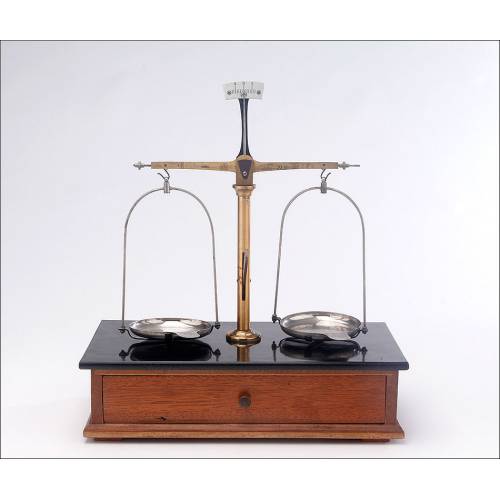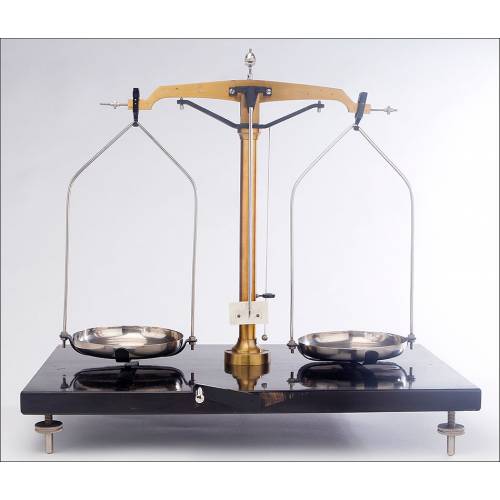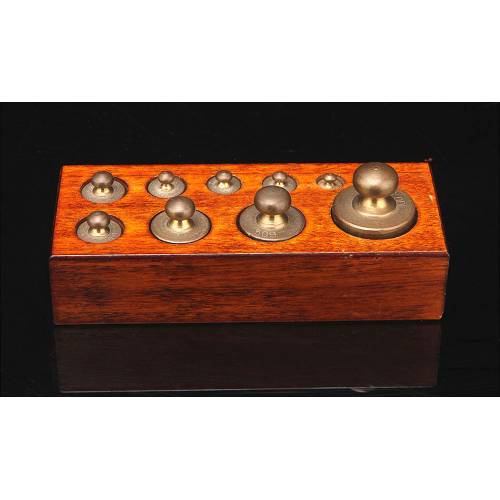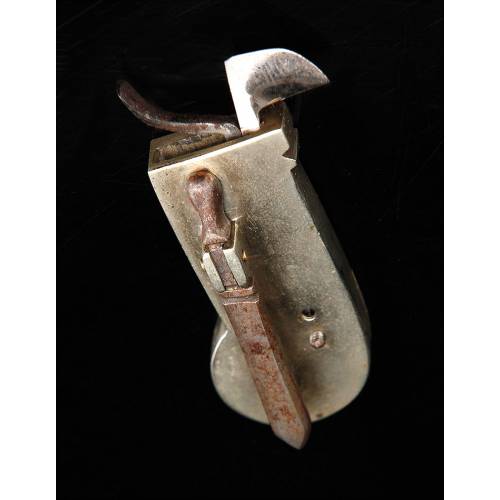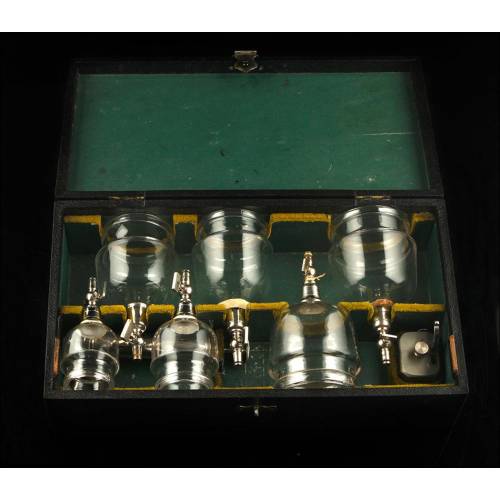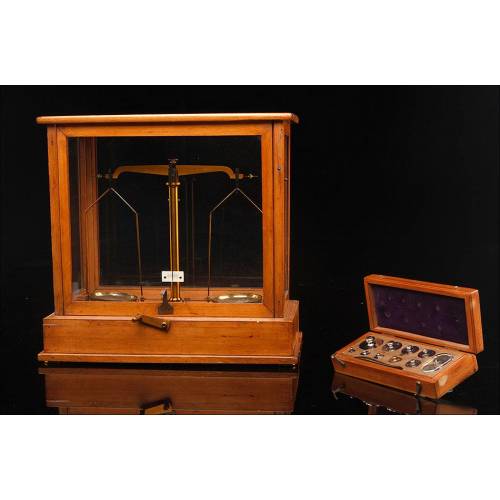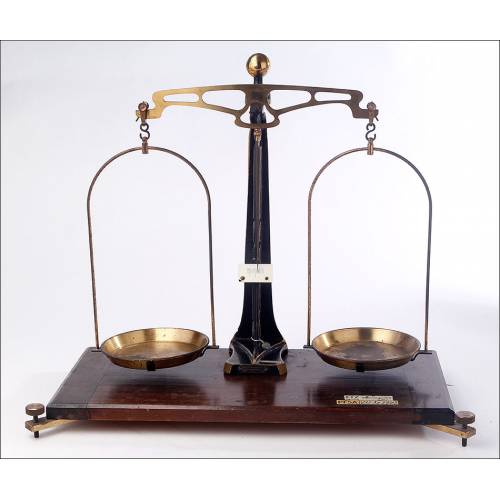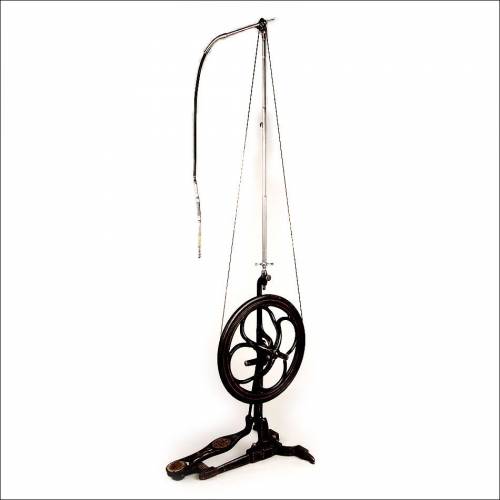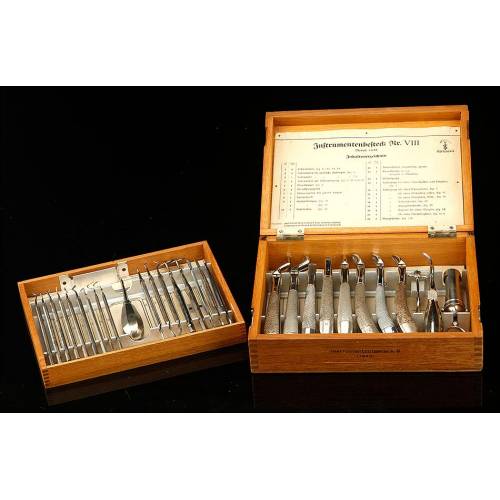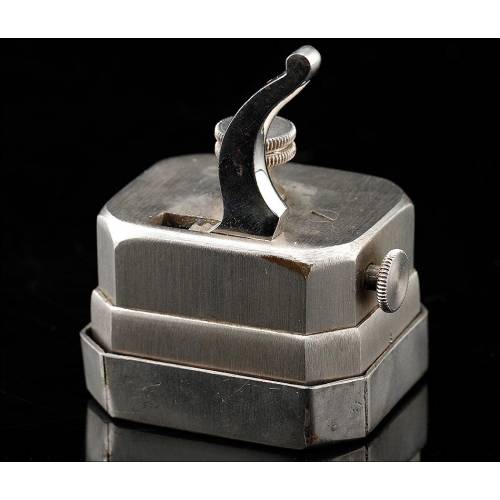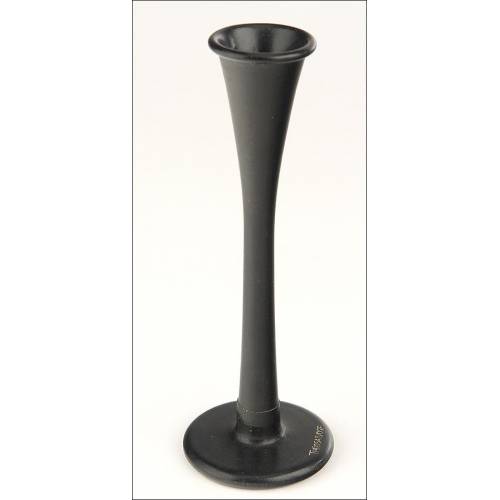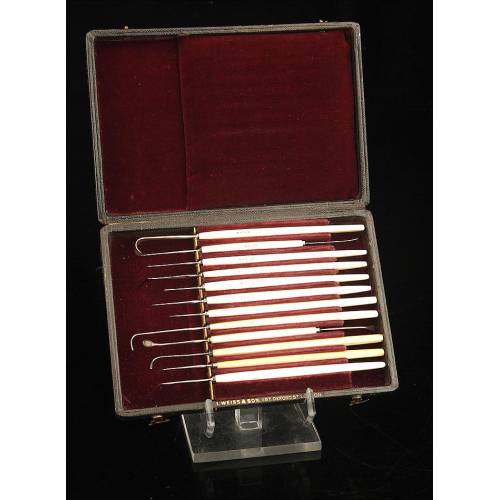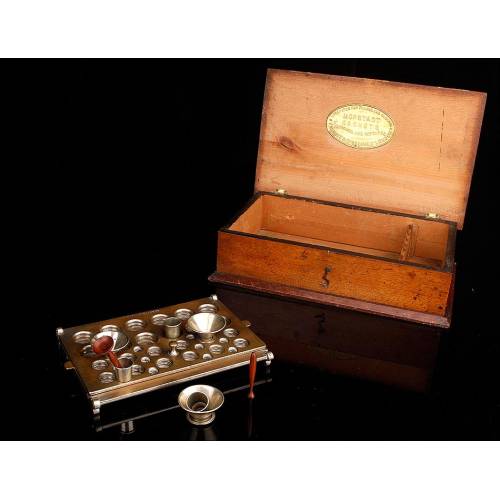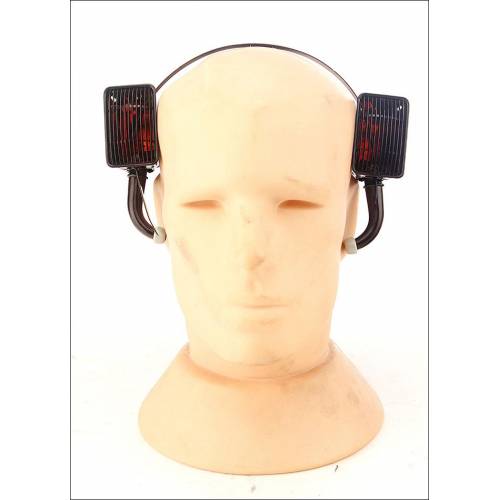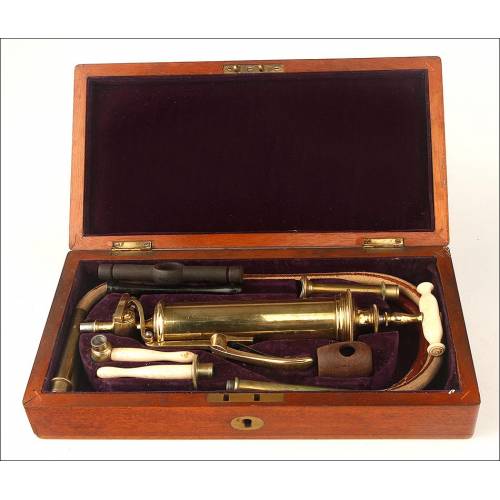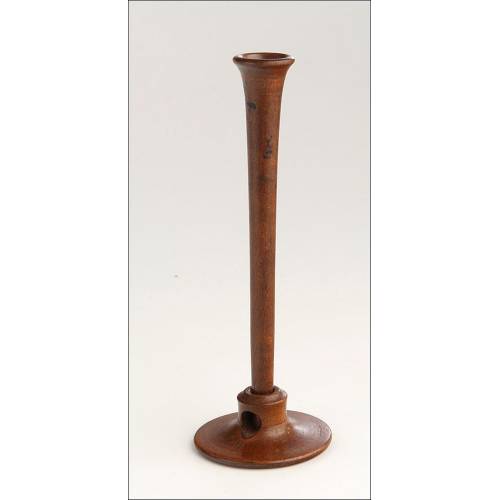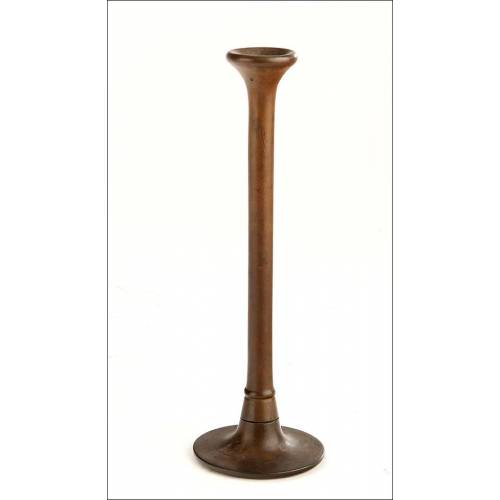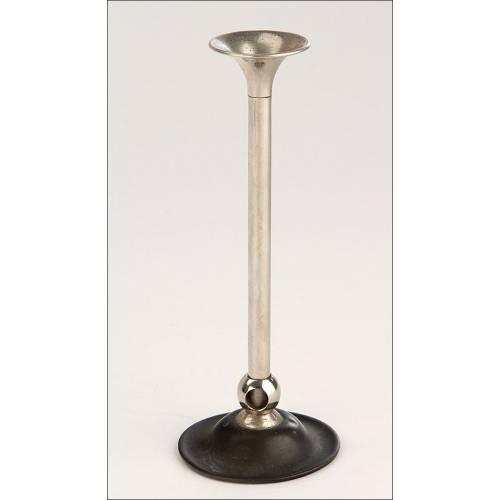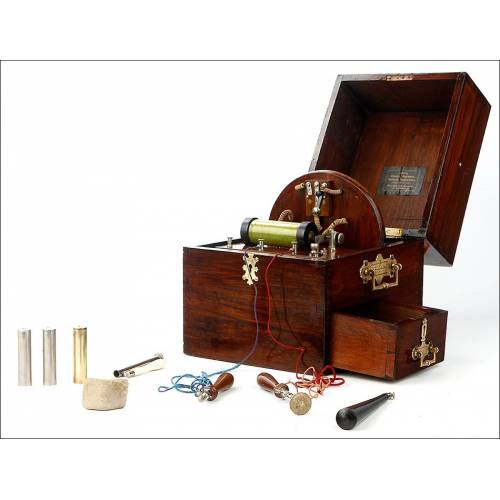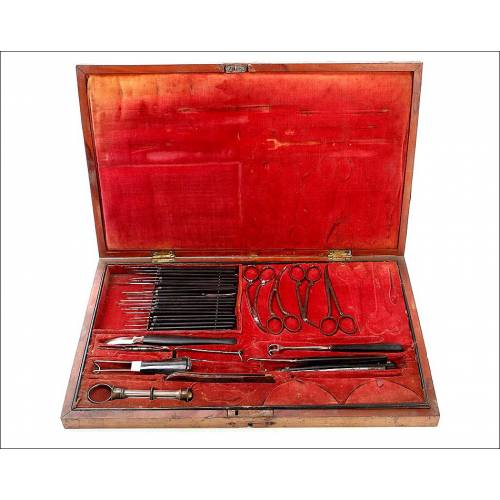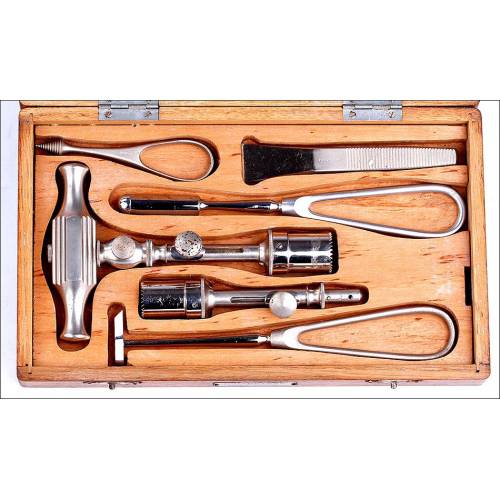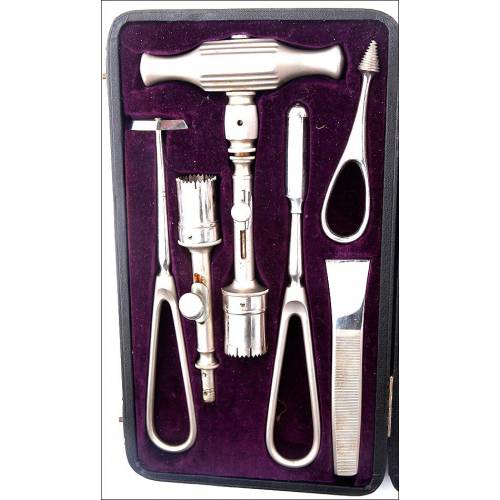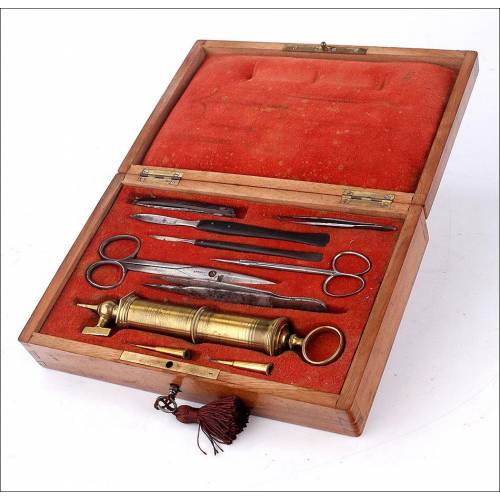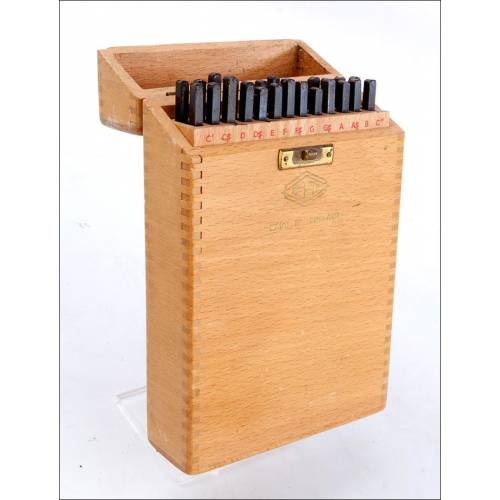D-507
Antique French Drum Microscope. Circa 1890
Antique small-size drum microscope, a delicate and charming piece. Original wooden case.
Sold!
Small French drum microscope made circa 1890, in fine condition and in its original solid wooden case. The microscope is complete and in working order, and can be perfectly used to watch samples as it used to be. Though it is more than 120 years old it preserves all its original component parts. These parts are made of brass and keep the original transparent finish which provides the microscope with a fine patina. The storing case is made of solid mahogany, light-colored and in good condition. Outside it shows clear signs of the trace of time and use, witnesses of the ancient age and the practical function this device once had. This gorgeous and small French microscope in its original case still preserves the charm of old-time scientific instruments, being a piece worthy of the best collection. Dimensions: 1.85 in / 4.5 cm. Height: 6.3 in / 16 cm.Drum Microscopes History Drum microscopes are an evolution of pocket or travel microscopes. They were invented by the English mathematician and optic material manufacturer Benjamin Martin who made the first model in 1738. This instrument was made of wood, brass and cardboard. A drum microscope is composed of a cylinder which slides inside a pipe in order to focus the specimen or sample through the instruments lens. The specimen receives the light reflected by the oscillating mirror located at the bottom of the microscope. For their easy operation and small size, drum microscopes became quite popular and were produced for around two centuries with scarcely any modifications of the original design. Cheap and affordable, they were highly appreciated by students.

